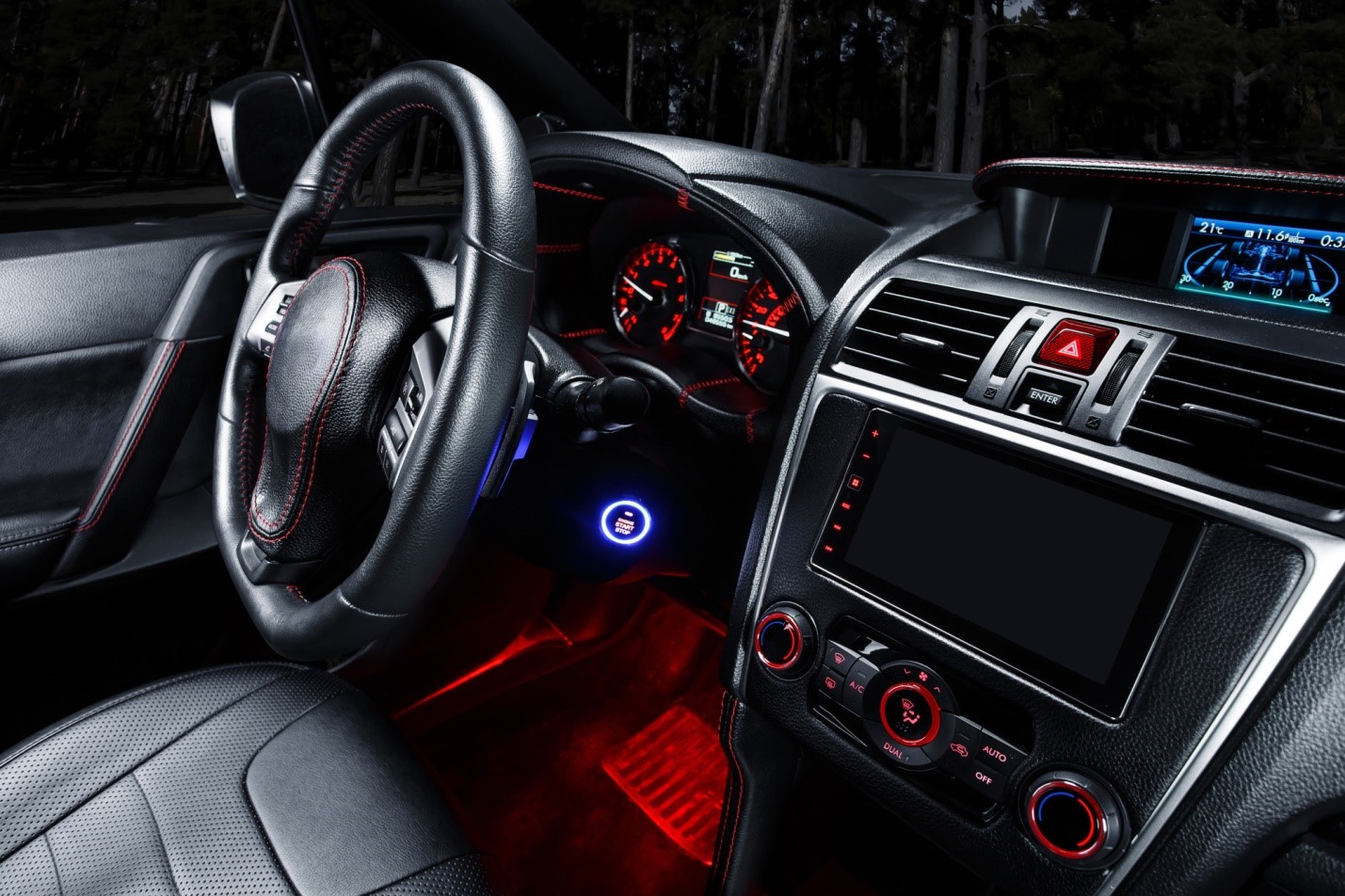Paving can look so attractive when it is first laid but like any outdoor surface it suffers from weathering. The most common things that dull the look of pavers are mould and weeds.
Pavers come in a wide variety of materials, including clay, concrete and natural stone and a variety of shapes and forms. Typically the most inexpensive materials are old house bricks and dry-formed concrete pavers, both of which are porous. For this reason they easily absorb moisture, particularly if they are laid in shady areas, which in turn encourages mould and weed growth. Mould can be very slippery when wet.
Natural stone such as limestone, sandstone, basalt and granite are usually very dense and absorb little moisture although I have come across some poor quality porous sandstone. Clay pavers fired at high temperatures are the most impervious to absorption although they will eventually go mouldy in very heavily shaded areas such as pathway or driveway edges where vegetation is overgrown. Concrete products vary considerably in their uptake of water but they are always the most vulnerable pavers to staining and are the hardest to fully restore.
Most paving is laid with a fine sand grout between bricks to allow the surface to flex and drain naturally. If the pavers are laid on mortar then they are grouted with mortar. This virtually eliminates weeds. Even when unconsolidated pavers are grouted with cement or cement-based grouts the grout crumbles over time.
The shape of a paver and where it is placed will have the greatest influence on eventual weed growth in the gaps between bricks. Rumbled, or cobbled, bricks with their rounded edges have a beautiful old-fashioned cottage look but trap weed seeds in the large gaps and depressions. Precise, sharp-edged pavers are the least vulnerable to weeds. If the paving is on a rural property naturally there is more availability of grass and weed seeds to sprout in the paving. Also, if water regularly flushes across or sits on one section it is bound to encourage growth.
So what can be done?
Well if you haven’t yet chosen a product and maintenance is a huge concern then make use of the above advice. Also considering using a sealant.
On the other hand, if you’re looking at your tired and grotty paving right now then I’ve got a very simple solution.
I’ve already established that weeds will grow. They don’t come from below; their seeds germinate in the tiny gaps. Moss grows on the surface and is easily removed manually (although some people like the look of a mossy path). Weeds are much harder to eliminate. You can pull them out, pour boiling water on them or use herbicides but those things are either laborious, pretty ineffective or quite toxic. Lastly, mould appears on the surface of bricks but is actually deeply embedded in the surface and scrubbing it off is a very temporary solution.
Try this:
Buy some granulated pool chlorine from a supermarket or hardware. You can get it in plastic containers in a variety of sizes from 1 litre to 10 litre buckets. If you have an area of 50m2 or less 2 litres will do.
1. Dampen down the area to be treated. Don’t saturate it so that water remains on the surface.
2. Wearing a pair of thick rubber gloves open the container and tip out small handfuls and broadcast the granules lightly and evenly over the paving. Don’t walk on it or get it on your skin and avoid breathing it.
3. With a garden hose spray the granules with a fine mist until they just begin to dissolve. Again, don’t saturate them or wash them off.
4. In about an hour, depending on how well the granules have dissolved, hose the paving off. While it is working it smells like a public swimming pool and it’s best to stay clear of it and don’t let children or animals walk across it.
5. That’s it! The chlorine will soak into the pavers and kill all the mould and burn off the weeds and moss. Sometimes if the weeds were heavily infested a high-pressured spray is necessary and any sand grout washed out can be easily swept back in when the paving is dry. If the chlorine is allowed to dissolve without being washed off first plants and grass next to the paving are unaffected because the chlorine becomes just ordinary salt after reaction.
Depending on where you live and what you’re using it on 1 or 2 treatments a year are plenty. I use it on old house bricks and they end up looking as new as when they were laid. You can also try it on stone steps and stepping pads.











